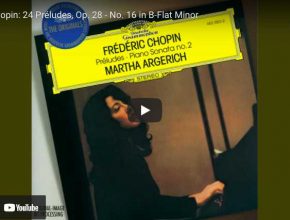Chopin’s 24 Preludes, Op. 28, are a set of short pieces for the piano, one in each of the twenty-four keys, originally published in 1839. Frédéric Chopin wrote them between 1835 and 1839, partly at Valldemossa, Majorca, where he spent the winter of 1838–39.




















